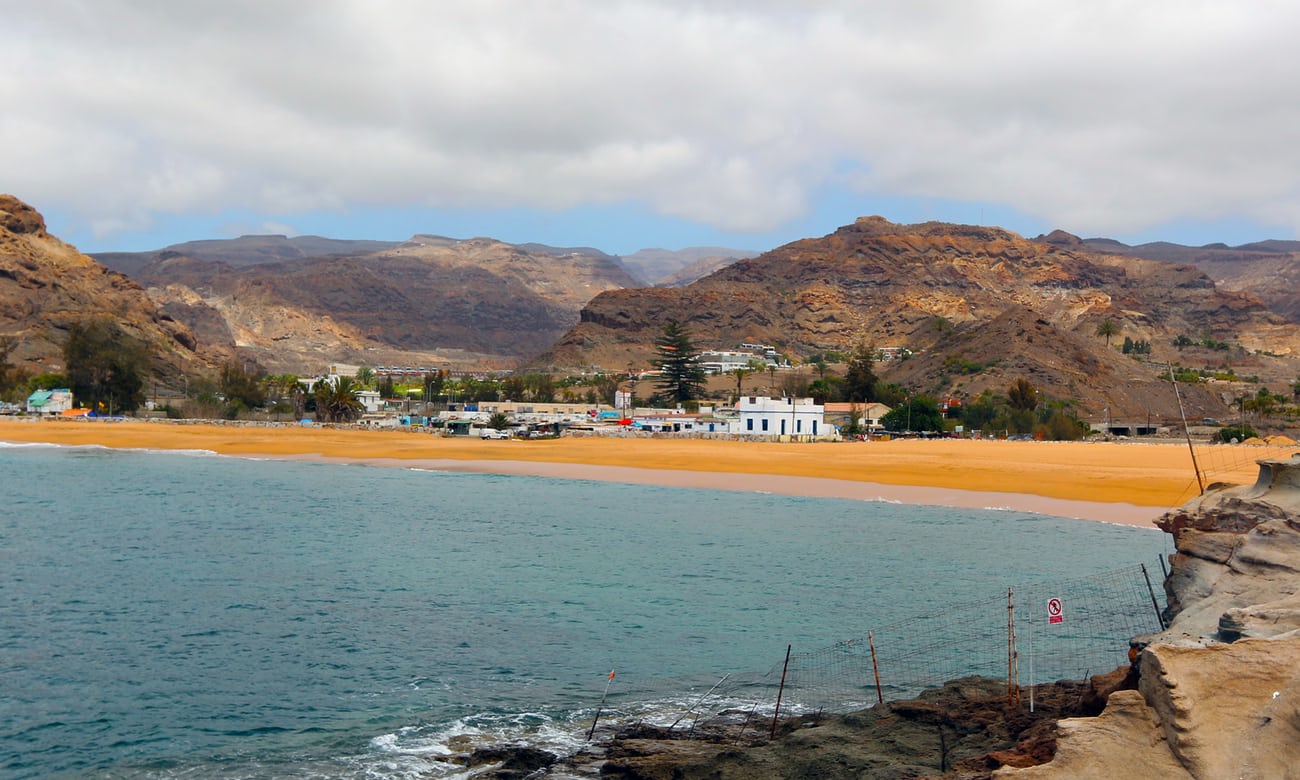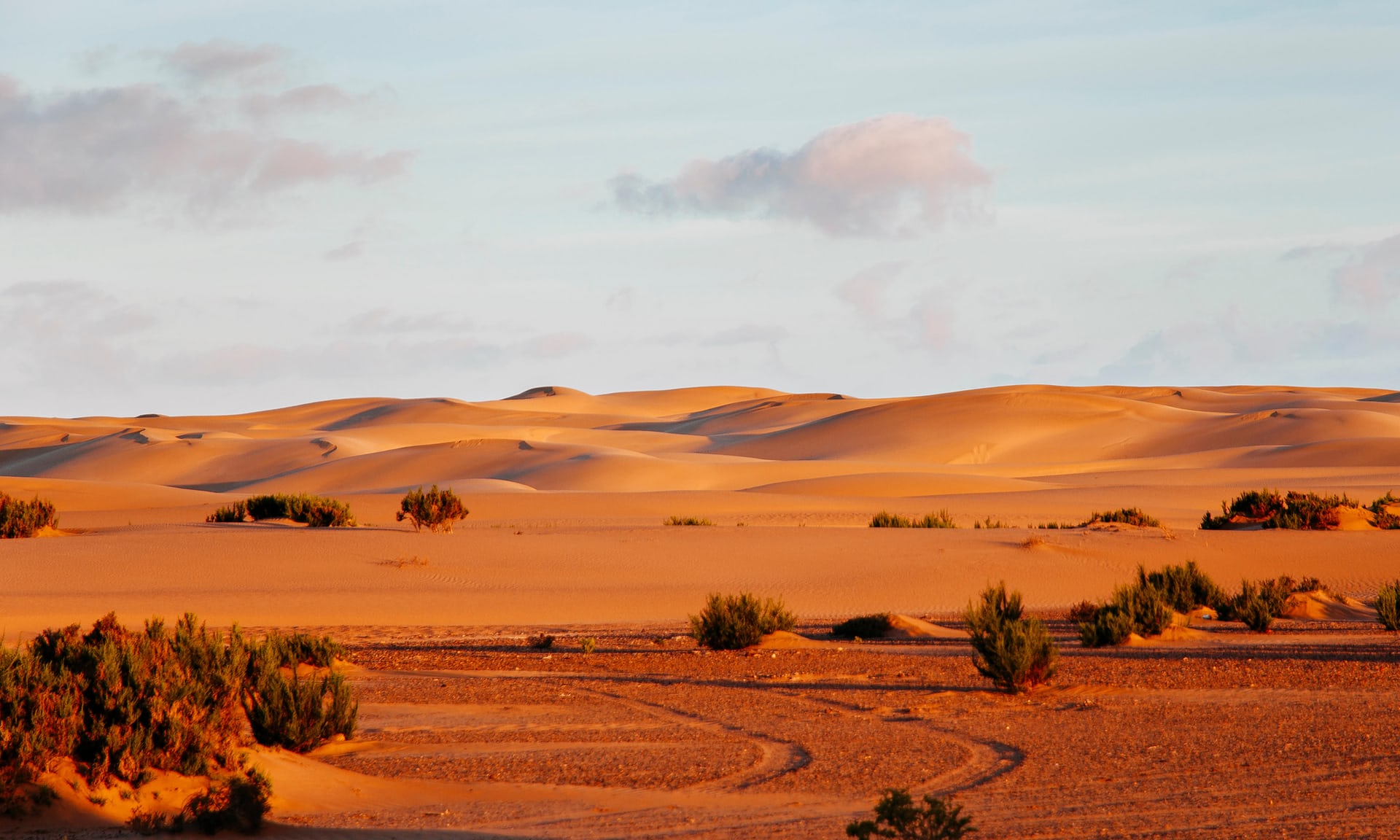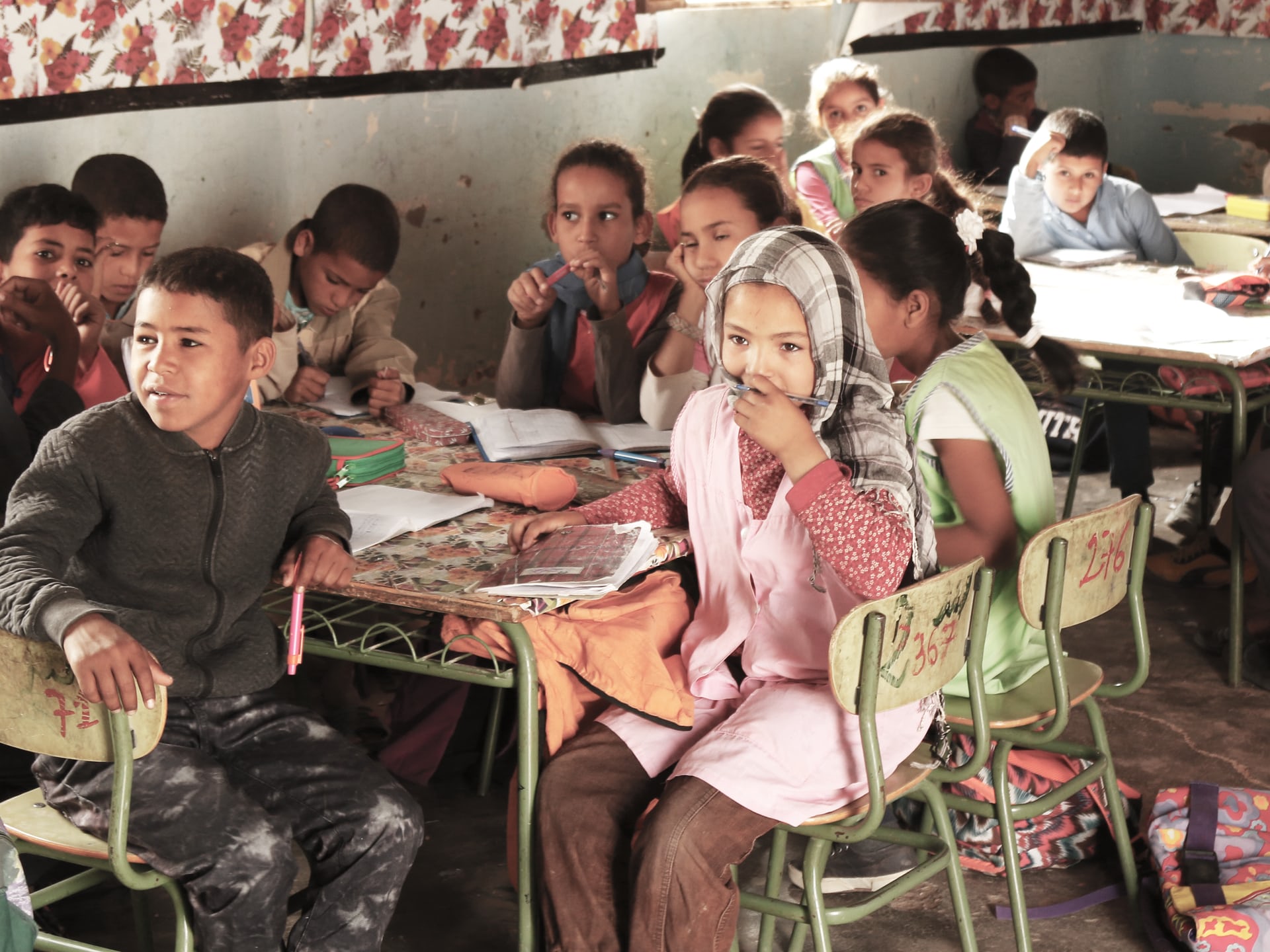PBS: Escaping Eritrea … [Read More...] about ካብ ውሽጢ ቤት ማእሰርታት ኤርትራ
Investigation launched into allegations that sand in Gran Canaria resort was sourced from Africa’s last colony, in breach of international law

When David Silva picked up a spade on a beach in the Canary Islands last summer and started shovelling sand from a wooden box, it seemed innocuous enough.
The Manchester City and Spain football star is a local boy, and had given his valuable blessing to a beach project on Gran Canaria that promised to create new jobs with a tourism magnet complete with 500-berth marina and golf course.
“The truth is that this is a fantastic development that people will relish returning to,” said Silva in his capacity as an “ambassador” for Anfi Group, the developer and tour operator that is marketing Tauro as “a five-star paradise”.
What Silva didn’t know then was that the project to cover the rocky island beach with 70,000 tonnes of golden sand would spiral into a geopolitical row, amid allegations that the shipment was imported in defiance of international law from Africa’s last colony, the occupied territory of Western Sahara.
Spanish authorities have launched an investigation. Anfi insists it has done nothing wrong. Human rights experts say that if the sand was sourced from the occupied state across the water from Gran Canaria, then it would be in breach of both UN security council resolutions and rulings by the international court of justice.

“The ICJ rulings were quite clear: you cannot exploit natural resources in occupied territories unless the proceeds go to the benefit of the local people,” said Prof Stephen Zunes, an expert on the Western Sahara situation.
Trade with Western Sahara has been hugely controversial as it has been occupied by Morocco for more than 40 years. In December, Europe’s highest court declared that trade of agricultural and fishery products originating from Western Sahara was illegal.
Anfi’s vision for a “new Eden” in the Tauro valley in southern Gran Canaria began two decades ago, marking the beginning of the end for the natural pebbled shoreline and oceanfront.
But though apparently abundant, sand is in fact a commodity in short supply, hugely in demand for use in construction, glass-making, electronics – and even land reclamation in Asia.
Anfi was unable to source sand for its 300-metre beach from Gran Canaria and had to look further afield. Asked repeatedly by the Guardian if it had sourced the product from Western Sahara, a spokesperson Rubén Reja referred ambiguously to “Saharan sand”, implying that it could have come from Morocco, and insisting this was “normal practice” for the Canary Islands.
“We could not buy any here in Canary Islands,” Reja said. “The sand has been brought from the Sahara by a local company which specialises in this business,” he said, adding that the company had “all the permissions and have complied with all legal requirements”.
The Spanish Civil Guard’s environmental protection service, Seprona, disagrees. Its chief in Las Palmas, Lt Germán García, told the Guardian that it had intercepted a Dutch vessel run by shipping company Eemswerken delivering the sand from Western Sahara.
“The sand was brought illegally, it was discharged with no control at all,” García alleged.
Eemswerken did not respond to repeated requests to comment on this article. Its own website announced in May last year that a vessel would carry “100,000 tons of Sahara sand from Morocco, El-Aaiún to Las Palmas”. El-Aaiún is the capital of Morocco-occupied Western Sahara.
Though the timing coincides, it has not been possible to definitively trace the sand from origin via the Eemswerken ship to the end-user. Morocco has strict control over occupied Western Sahara, making it impossible for journalists to investigate the precise source of sand exported from El-Aaiún.
When a journalist researching this piece visited occupied Western Sahara in April, his movements were closely watched by police and hindered by frequent checkpoints. Taking sand samples from the port was strictly forbidden.
However, a sample was smuggled out. Prof Valentin R Troll of Sweden’s Uppsala University, a specialist on the geology of the Canary Islands, confirmed that the sand at Tauro was mineralogically “very similar” to the sample from Western Sahara, as is sand from other artificial Canary beaches. This is not conclusive proof however, as sand from Morocco would also be of similar mineral structure.

Local sources say the sand is simply scooped up off the beaches, while others say it is acquired from river beds outside El-Aaiún.
The sand trade with Western Sahara is bigger than Tauro beach – there is also evidence of sand from the territory being supplied to the construction industry in the Canaries.
“In the absence of an embargo, the companies feel they can do whatever they want,” said Erik Hagen of Western Sahara Resource Watch, which tracks trade from the occupied territory. “The principles of international law apply, but there are no legal consequences for the companies involved.”
A string of Spanish regions and municipalities, including the capital of Gran Canaria, Las Palmas, have in recent weeks adopted statements demanding that trade in natural resources from Western Sahara should cease – an initiative led by the Spanish Greens/European Free Alliance group in the European parliament.
“Trade is not neutral, so if you decide to trade with Morocco with Western Saharan products without Sahrawi consent, this trade is going to be supporting the colonisation and occupation of Western Sahara,” said Florent Marcellesi, an MEP for the Greens/EFA.
The Polisario Front, a Sahrawi liberation movement, brought a case against the trade of agricultural and fishery products to the EU court of justice in 2015, which in a landmark ruling last December upheld the complaint.
“It is really clear from the case that Morocco is not Western Sahara, and if you want to extend international [trade] agreements to Western Sahara you have to obtain the consent of Polisario,” said Gilles Devers, Polisario’s legal counsel in Brussels. Polisario told the Guardian no such consent had been granted in this case.
Morocco exports around $3m (£2.3m) a year of sand. About 70% ends up in Spain, according to MIT’s Observatory of Economic Complexity. Sand is one of the world’s most used natural resources – the OEC estimated the global trade of sand in 2015 to be worth $1.72bn.
Sand from occupied Western Sahara has been used on several Spanish beaches in the past. Some 270,000 tons of Western Saharan sand were brought in for the construction of Las Teresitas beach on Tenerife in the 1970s, at a time when the territory was still a Spanish colony. Sand on the beach was replenished in 1998 during the Moroccan occupation which by then was already more than 20 years old.
In November 1975, some 20,000 Moroccan soldiers and some 350,000 civilians marched into Western Sahara, driving tens of thousands of Sahrawis over the border into Algeria, where they remain in refugee camps to this day.

Many Sahrawi children living in the refugee camps in the desert outside Tindouf have never seen a beach, unless by fortune they have been whisked away to one as part of the Vacaciones en Paz (Vacations in Peace) programme, where Spanish families take Sahrawi children into their homes so they can escape the the extremely hot summer months in the camps. The irony is that for some of these children, the first time they step foot on a beach it will have been built with the sand of their homeland.
“It is outrageous that we are living on humanitarian aid while we would have one of the richest countries in north Africa,” said Mohamed Salem, an English teacher in a refugee camp outside Tindouf, Algeria.
For now, Tauro beach remains closed to the public due to Seprona’s investigation. The future of the beach remains uncertain.
Asked whether Anfi had an official position on Western Sahara, Rubén Reja, the company’s communication director, said: “Anfi only knows about holidays.”
Anders Lundqvist and Rowan Bauer are freelance journalists whose reporting was funded by Emmaus Björkå, a Sweden-based human rights organisation
